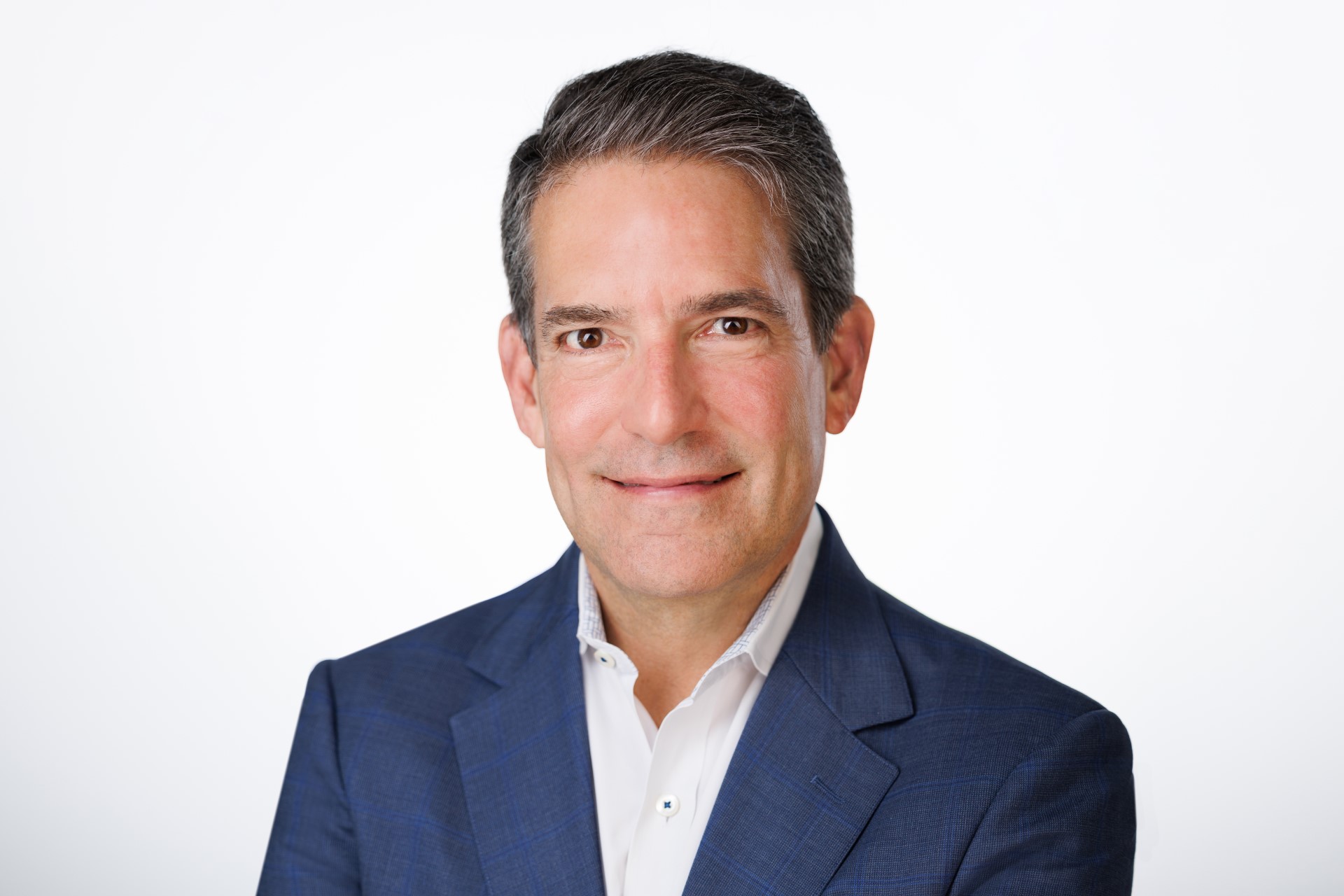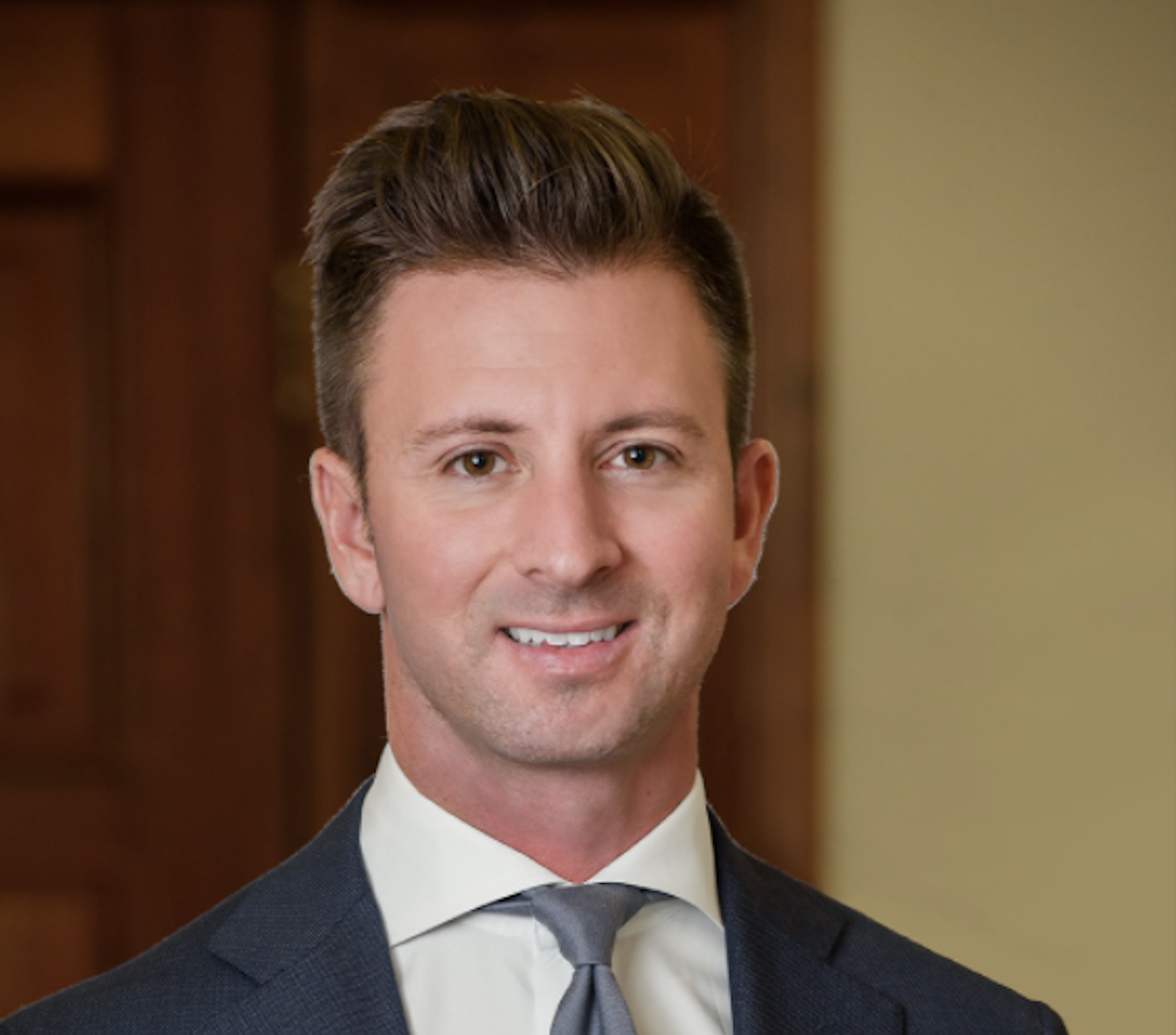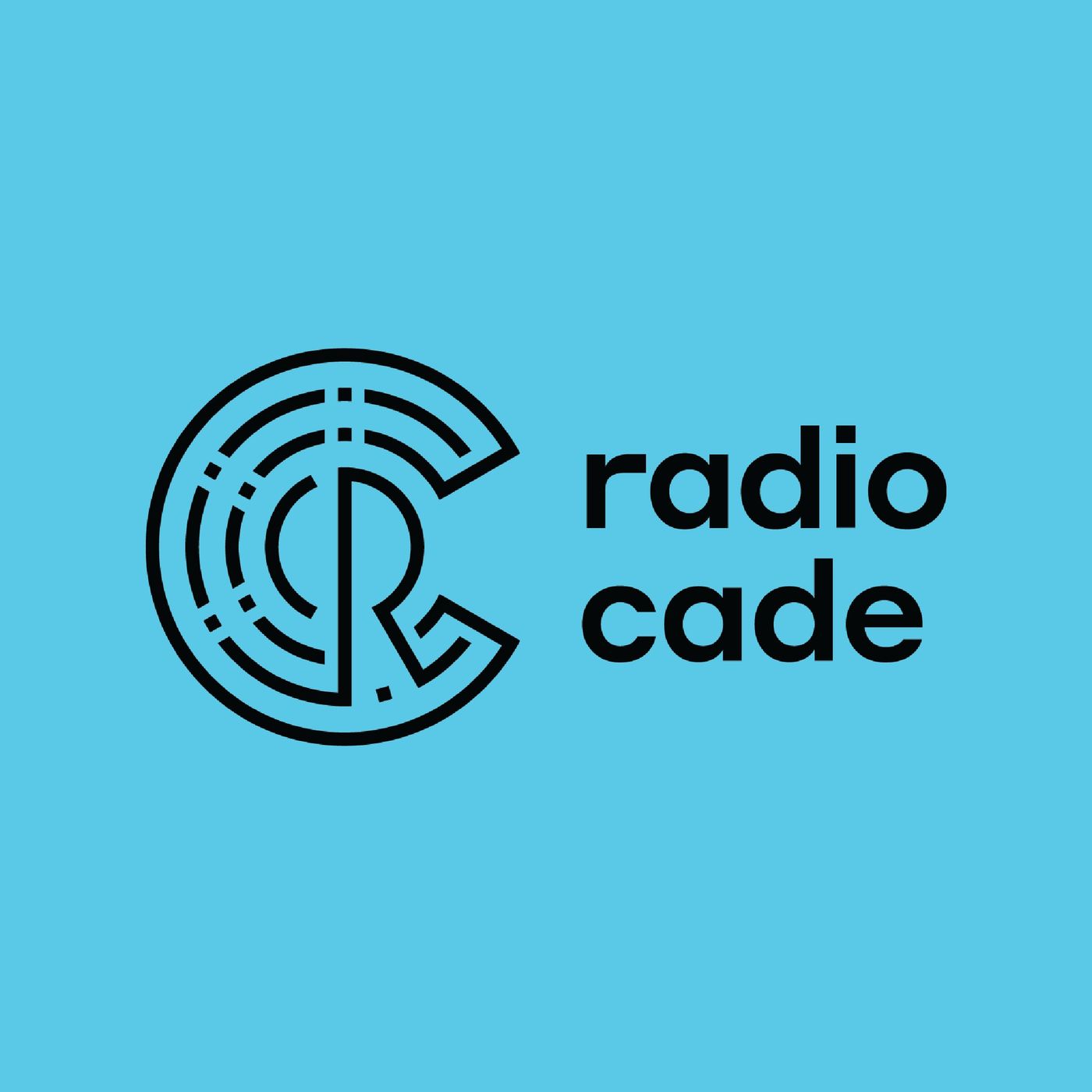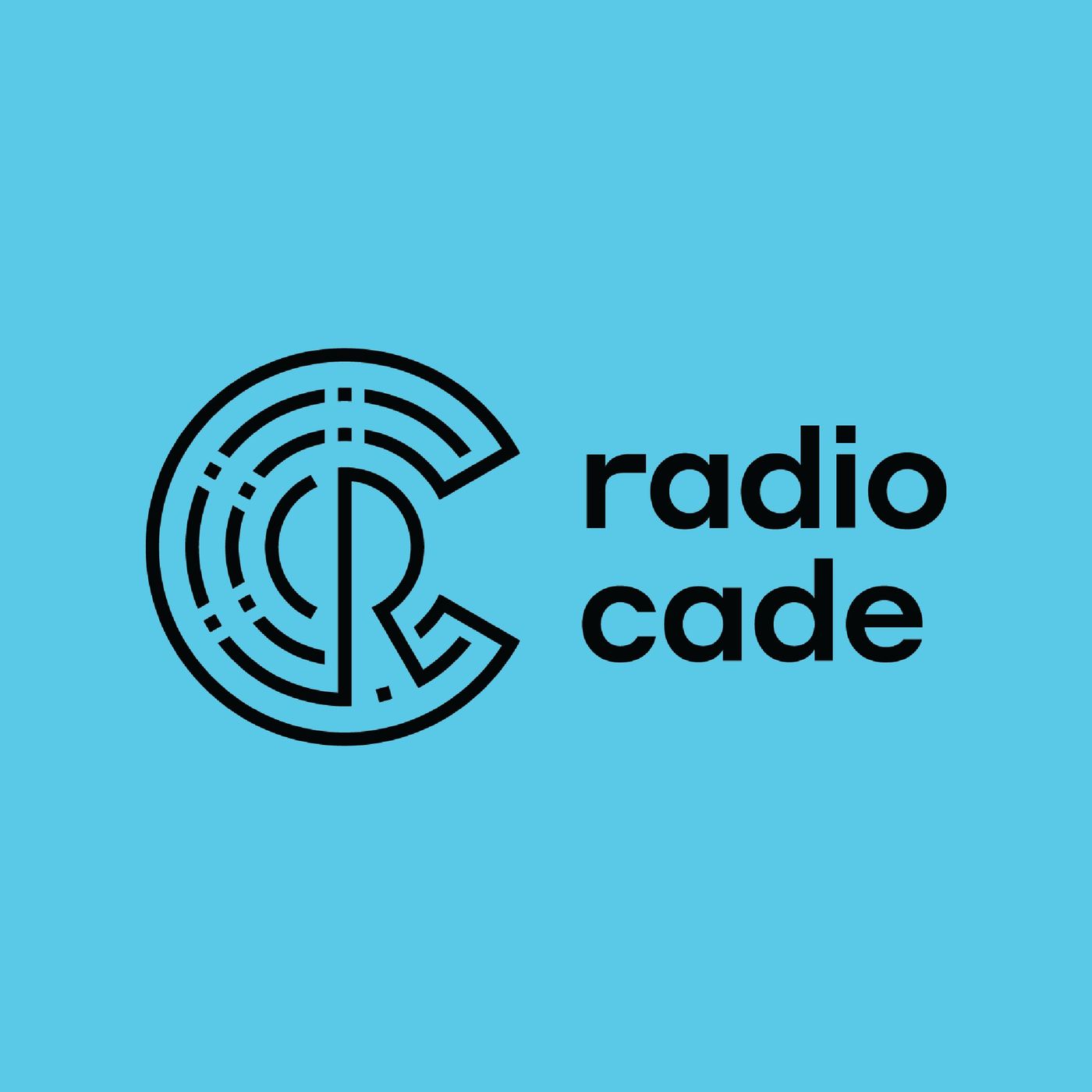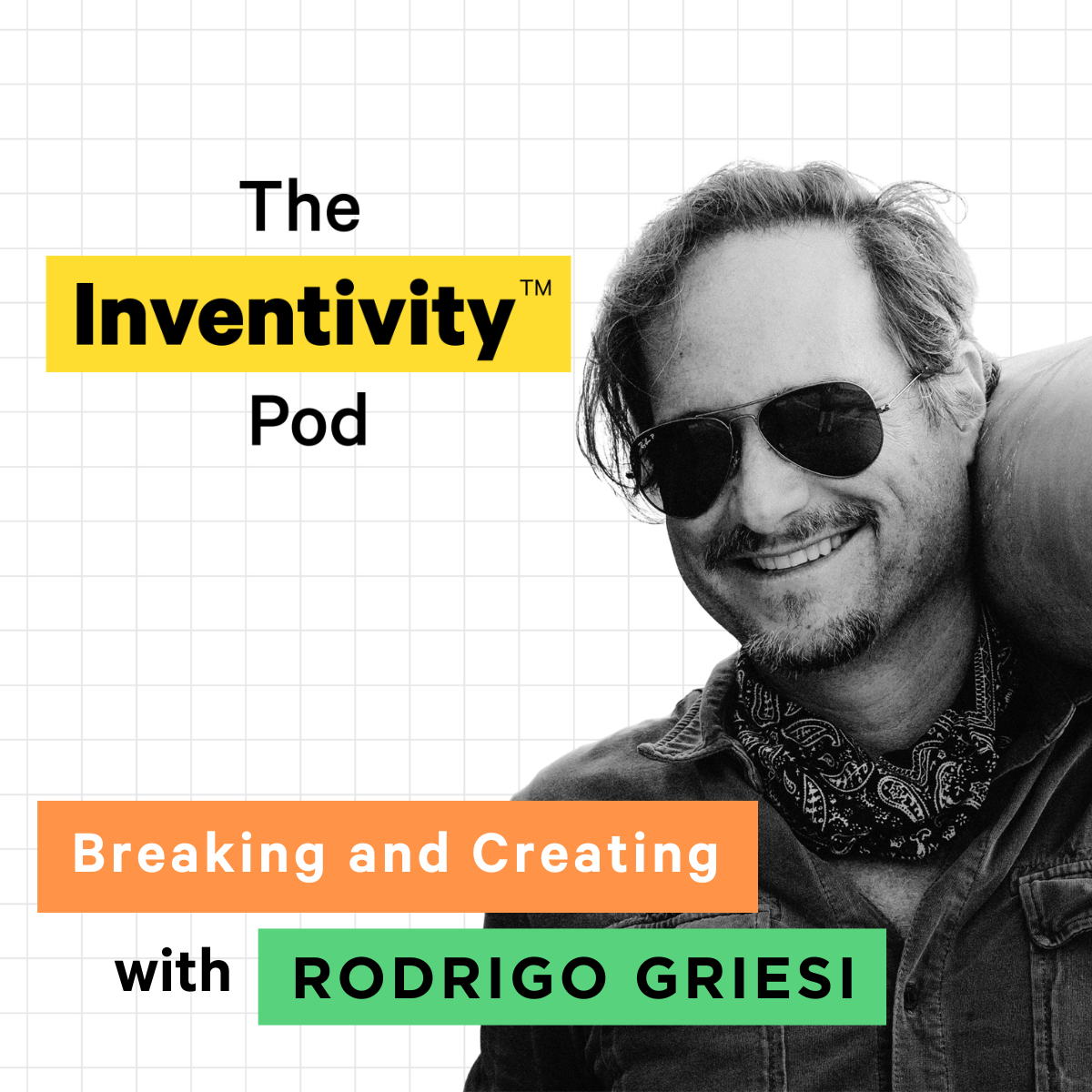Show Notes
Building ventilators to help COVID-19 patients could be much easier than we think. Dr. Sem Lampotang is a Professor of Anesthesiology and the Director of the Center for Safety, Simulation and Advanced Learning Technologies at the University of Florida. Based on a design Lampotang helped create 30 years ago, simple "crisis" ventilators can be built with parts from Home Depot, Ace or Lowe's hardware stores for less than $300. The "open-architecture" design can be downloaded anywhere and allows anyone to use locally-available parts if traditional parts can not be sourced. Doctors and engineers in Mauritius, Lampotang's native country, have already produced ventilators using his design.
TRANSCRIPT:
Intro: 0:00
Welcome to a special two-part edition of Radio Cade . We'll be discussing COVID-19 and ventilators. In part one, we visit with Dr. Sem Lampotang and in part two, we visit with Dr. Richard Melker. We hope you enjoy the program. Inventors and their inventions. Welcome to Radio Cade a podcast from the Cade Museum for Creativity and Invention in Gainesville, Florida. The museum is named after James Robert Cade , who invented Gatorade in 1965. My name is Richard Miles. We'll introduce you to inventors and the things that motivate them, we'll learn about their personal stories, how their inventions work and how their ideas get from the laboratory to the marketplace.
James Di Virgilio: 0:53
Welcome to a special episode of Radio Cade . I'm your host, James Di Virgilio. Today we're going to be covering mechanical ventilation and its effect on the COVID-19 crisis. Mechanical ventilation is a lifesaving therapy that is used extensively and modern intensive care units. The origins of modern mechanical ventilation can be traced back five centuries ago to the seminal work of Andreas Vasilis, really the founder of modern human anatomy. My guest today is Dr. Sem Lampotang. He is the Joachim S. Gravenstein professor of anesthesiology at UF Health and the Director of the Center for Safety Simulation and Advanced Learning Technologies. Dr. Lampotang, welcome to the show.
Dr. Sem Lampotang: 1:33
Thank you.
James Di Virgilio: 1:35
Now your background is extensive. You have a PhD in engineering. You spent a lot of time dealing with patient safety, especially on the anesthesiology side, but today you've been working extensively on a mechanical ventilator. That is interesting for a lot of reasons. Tell us a bit about how this project came to be.
Dr. Sem Lampotang: 1:54
If you go way back, like 30 years ago, what we are building today, I actually designed 30 years ago together with two respiratory therapists, Michael Bonner and Paul Blanche at the University of Florida and our design was actually commercialized and used on patients in the United States by a Swiss company. The ventilator was called Hamilton Max. And what we're building today is essentially the Hamilton's Max, but we've paused from hardware stores. The reason we decided to use hardware store parts from my work 3 decades ago, with ventilated companies , we still have insider information being a good way about what's going on. So three, four weeks ago, before everybody else knew, we already knew that there would be no parts traditionally use to build ventilators. That's a problem GM is facing right now as they're trying to build ventilators. So when we were approached to design one to address that expected shortfall of ventilators, if we truly need a million, then the design style that we have , how do you build it? If your traditional supply chain is no longer available. And that's when the idea of going to home Depot and ACE and Lowes came into being.
James Di Virgilio: 3:05
And your ventilator itself is an interesting concept. You are open sourcing it. What essentially means you put the design out there into the public arena. And anyone is able to take a look at this and improve it as necessary. We often see this done in the internet and things like that. How often is something open sourced in the medical community?
Dr. Sem Lampotang: 3:25
It is quite common today with the COVID-19. So there are a lot of open source ventilator projects going on. So we were among the first day , a lot of open source efforts, spontaneously sprang up around the country. And also I think in the UK, I don't know whether it was common before that, but I can tell you now, currently in this crisis, it's quite common.
James Di Virgilio: 3:47
No, I've seen a lot of studies back in the mid two thousands that had suggested that we did not have enough ventilators in the case of a surge event, which COVID-19 certainly is a surge event. However, those same studies argued that the $40,000- $50,000 ventilators that exist in the ICU would not be appropriate to basically hold on reserve based upon daily usage. But instead they suggested a combination of something more like you were creating or something that could be utilized. Why is it that those academic studies just went unheated that in reality, we really didn't attempt to address maybe a middle ground, a less intensive ventilator. Why do you think it is that that's been the case?
Dr. Sem Lampotang: 4:28
Well, it's a lot of it is mission Creek. And also a lot of it is there's a tendency to treat to the highest need. So when you order a ventilator, you want to make sure it will need those patients who have really, really dire needs. So that's a tendency. It's just like, why do we not drive small cars? Why do we drive bigger cars? Because we can. And so if hospitals also want to make sure they can treat the sickest patient, so they usually order the Cadillacs instead of the base models.
James Di Virgilio: 5:01
That's one reason, right? And obviously it would be cost inefficient to stockpile, a lot of $50,000 ventilators that may not get used, but there is this other side we're in now where we know that a virus could happen, that causes this situation and you and I, before the show, we're talking about something, that's very interesting. So your design has been working now for a week straight. Your ventilator has been working as you wanted it to for one week straight, right? But you were telling me that's not enough yet. And why is that?
Dr. Sem Lampotang: 5:30
The reason is not enough at the one week nonstop running, it's going an endurance testing is the data from Italy. And China indicates that worst case scenario, a patient needs ventilatory support, meaning they need to be on a ventilator for up to three weeks nonstop. So, currently all I can say with confidence is that this ventilator will run for a week nonstop because I have not run it for another two weeks, but my dilemma and my ethical dilemma as an engineer, a professional engineer is, if let's say in a week from now, when I'm two weeks into endurance testing, and by the way, there's more than one ventilator . So I have three ventilators undergoing endurance testing right now, but even two weeks from now, two weeks of endurance testing, but I've not completed my three weeks. And the doctors are being faced with a stock choice of you have the ventilator you don't then do we start building and giving them to the doctors and say, trust us, even though we have not finished the testing, because the proper engineering practice is to finish the testing costs and then deliver. One of the benefits of working at the University of Florida, is it has a lot of faculty with expertise. So I talk to an ethicist when I was faced with that dilemma, I called an ethicist who I know, and I said, this is my dilemma. And it was very helpful because he told me, in his opinion, if in a week from now, we have not finished, but the need is there. You have defensible ethical ground to release, even though your testing is not finished, because at least you did some.
James Di Virgilio: 7:05
Right. And what's the alternative? Patient X,Y, Z, you have no ventilator at all. We're going to have to now make a triage decision to let someone else on this ventilator. And you don't get one versus your solution, which is, this may not work for three weeks, but also it may work for three weeks.
Dr. Sem Lampotang: 7:19
Correct. But at that point would know it's been working for two weeks. So that's why then ethically each its a bit more defensible because we did as much as we could until the virus overtook our testing, right?
James Di Virgilio: 7:32
Creating an emergency situation where then innovation in this case allows for at least an opportunity as you're mentioning to improve it. Now, the FDA gets talked about a lot in crisis like these, are they helpful? Are they harmful? As far as what the FDA has been doing? Again, you mentioned before the show, they've been relaxing, some restrictions we've seen this in the news. Do we feel like we're in a spot where, what you said would be possible where the FDA would allow an emergent situation, people to have to try some of these ventilators that have been obviously operating for a while, or do we think that they wouldn't be allowed into the system in an event like that?
Dr. Sem Lampotang: 8:06
The FDA has been flexible, my understanding, but this is third hand. I have no way to know whether it's true or not. They have been approving devices that are specific to the in crisis already. So some devices have already been approved under the what's called the EUA (Emergency Use Authorization), which has a reduced set of requirements. And the FDA has been also flexible in this sense. So they've relaxed the rules. And now if our ventilator becomes approved, we intend to file in a week from now. So around April 10th, if we're approved, the approval is only while the crisis lasts. The moment of the COVID-19 is no longer a pandemic, our approval from FDA would lapse immediately. So I thought that was also very creative from the FDA. And so they've been flexible and it's also helped us to do due diligence on our testing because by following the FDA standards, we can make sure, A: whether they are relevant to this situation and B: how to meet them and then give ourselves an added measure of confidence that we are producing a safe design.
James Di Virgilio: 9:17
Now let's talk about your design in general. So it seems like ventilators range from as cheap as $5,000 to as expensive as $50,000. One of the issues with the Cadillac ventilators, as you mentioned, is that you have staffing concerns as well, only so many people are trained to operate those. I'm imagining that your ventilator does not require extensive training to have someone operated. Is that correct?
Dr. Sem Lampotang: 9:40
That is correct. There's only three settings. So it will not be complicated. One setting is we call it, title volume. How much gas do you want to flow into the patient's lungs with each breath, a small breath, or a big breath or something in between the second one is what we call the breathing frequency. How often do you want this patient to breathe? 10 times a minute, 15, 20, 25, 30. And then the next one is how long, how much longer is exhalation compared to the inhalation? And it's a ratio. So it is one to two, one to one or one to three. And that's it. That's the ventilator.
James Di Virgilio: 10:20
And so it's much simpler. To give me a difference someone who knows really nothing about ventilators, how much less effective would this be in a serious case someone's in the ICU, they have a serious case. Would your ventilator be able to get 60%, 80% of the way towards the Cadillac one? Or is there a big, big gap between what both of them do?
Dr. Sem Lampotang: 10:38
I think it would get to 60% and I'm guessing and what it would not do, you may have heard this term when reading about ventilators , it's called weaning . Just like you wean a baby from breast milk, to something else. So weaning means if a patient has been on the ventilator a long time, they may become dependent and now you have to slowly wean them from the ventilator. So our ventilator will not have weaning capabilities. That's what the big Cadillac ventilators have. So instead of forcing the lung each time into the patient, because they can't breathe, then they start saying, okay, I'm going to wait a bit lets see whether the patient can take a breath on his own or her own . And then if they can the gradually step back and let the patient do more and more spontaneous breaths until finally the patient is breathing on their own. And then they get removed off the ventilator. We don't have that capability.
James Di Virgilio: 11:35
Okay. And that's probably needed in the most serious cases, right? So in a mid level case, yours would be able to be sufficient. But if you get a really serious one, maybe not so much, and that allows then the hospital to get some flexibility with how they're treating patients. It gives them scalability with who gets what.
Dr. Sem Lampotang: 11:50
Right. So our ventilator is a crisis ventilator to be clear. So it's really a survival. We're not trying to win people. We're trying to prevent them from dying because there's no ventilator.
James Di Virgilio: 12:03
And how difficult was it to build something like this? I know you're using like Lowe's and home Depot and normal parts that I could go and purchase right now to do this. How difficult was it to create this design? Because you did it so quickly.
Dr. Sem Lampotang: 12:16
The design was a paper design until our lead engineer, David Lizdas in our lab, did they run on a Saturday, which was five days into the project because we were doing a lot of paper designs, lining up things. And then he ran to Home Depot and acquired a lot of parts and then went back to his garage and put something together. And then he FaceTimed me. I look at it, I asked him to do some adjustments, and then I was satisfied at work. And we put it up on the web immediately. Like an hour later, it was on the web. And when we put it on the web, a lot of people saw it. And then we were able to convince a colleague of mine who was initially a bit skeptical. And that's Dr. Gimme , he's an anesthesiologist who is retired, but also an electrical engineer. And again, that's an open source concept. He's also a ham radio operator. So he brought in all his ham radio buddies, and they've been tremendously helpful with the electronics and the software. And one of them was actually the ham operator person is a genius from Bangalore, India. So he's been tremendously helpful. And now we're happy that our design is helping him start creating ventilators in India for each country.
James Di Virgilio: 13:30
And that's something to think about in life, I like to think about doing unto others as you would have them do unto you. And how do we love our neighbors? And obviously in the U.S. we're a very wealthy country. We're fortunate to be able to have the medical resources we have at the top end. And if you're looking at a lot of developing countries, they don't have a lot of those Cadillac ventilators. They don't have a lot of ventilators at all. Your solution, as you just mentioned, is something that can be downloaded on the internet with the open source. Someone can take that. They can build that. They can use that. How expensive is it for someone to build your ventilator? I see this on the internet and I live in India. What does it cost me to build one of these ventilators?
Dr. Sem Lampotang: 14:07
So I mentioned earlier, our design, it's actually a very specific meaning. It's called open architecture. Open architecture means speed site design that people can alter, because we don't know that the part from Home Depot we use in Gainesville, he's available in India, or for that matter in New York, a gentleman in New York is worried about his state. He's building one. He went to Home Depot. He couldn't find some of the parts . So then the idea is, as long as we specify the pod , very clearly, then you should be able to find a substitute. And that's what happened actually in Mauritius yesterday, Mauritius is where I was born and grew up in the Indian ocean. And they already have a ventilator built with the parts that were available locally. And one of the other ways that this ventilator was designed, it was designed on the assumption that transportation would come to a grind that would be no transportation because of the pandemic . And I was reminded of that because I was texting the engineer and Mauritius building. He said, we don't have Arduinos , which is the computer running our ventilator. I said, well, you can order it readily on Amazon or Alibaba. And he goes there are no flights come in. The Island is on lockdown for two weeks. And that was exactly how we designed it, that we designed A: that traditional parts would not be available and B: transportation would be disrupted. So then he did what he's supposed to do. He went and looked for a local equivalent that was available, substituted it. And then today he uploaded a video on our website and you can see the ventilator from Mauritius on it.
James Di Virgilio: 15:44
That's an amazing story. You've talked during your creation story about how many people, how many innovators and creative people it takes to have this idea, the power of what you just mentioned of opening your idea to others so that it can be quickly and nimbly changed and altered depending on the environment, the foresight that you had to recognize that if this surge event does happen, people aren't going to be able to acquire things in the normal means. You just mentioned. So the person you just spoke of, what did it cost them to build this ventilator? Is this $2000 or $3,000 venture? Is it a $30 venture? What does it cost to get one of these up and running?
Dr. Sem Lampotang: 16:16
I don't know. I look at their design, they need a teflon. So I just talked to my lead engineer this morning. So that's long is a piece of instrument that simulates among all the patients . And that's how you're able to test that your ventilator is built to spec, but they don't have it in Mauritius and probably in India. So I just put something and it's being uploaded to the web so that everybody can say, okay, we're going to do not on these ventilator. We're going to home build a Tessalon so that we can test that our ventilator is built to specifications.
James Di Virgilio: 16:49
Okay. And the cost here in Gainesville, when you're making one of these, what does it cost you to do it here?
Dr. Sem Lampotang: 16:54
It's less than $300. And actually our thinking now has evolved as we're getting ready to go through the FDA, so that we don't have to meet all of FDA's requirement for contamination, from one patient to the patient that uses the ventilator next, the disposable pod is $98 from home Depot total. So the idea is off the patient has used it for up to three weeks, rather than probably to we sterilize it and need the FDA requirements what designed , pushed the realization. We would just throw the whole thing away and bring another one in, because that's $98. That's like an expensive meal, right?
James Di Virgilio: 17:30
Right. No, it's remarkable. We anchor this show on the $30,000 to $50,000 ventilator. You had mentioned, you get just a guess somewhere around 60% of the operational capacity, and you're doing it for 300 or so dollars here in the U.S. that's remarkable. And that is the productivity of creation, innovation, especially during a crisis time. It's something that makes innovation. I think so powerful. Obviously what you're doing is so impactful, not just here but abroad. I mean, imagining that these countries can now give themselves access to a possibly functioning solution during a crisis like this or something that is affordable, that is not going to bankrupt them. That is why the usable is amazing. And of course, this is not the first time this has happened right? Throughout human history. This is the response to crisis is when people are allowed to be able to think creatively and put their solutions together. And what you're doing is simply remarkable. And to me, it's just further proof of the power of people working together, working together quickly and producing something that again is just to me , incredible to think of the costs that you're producing this unit for given to the functionality that it has so far. Just really remarkable.
Dr. Sem Lampotang: 18:35
I want to clarify though , the whole team behind us, and also I would be remiss if I didn't mention the University of Florida. So for example, in open source, you probably understand that the University of Florida has a lot of intellectual property, like Gatorade that funds the university. So generally the university owns everything. The faculty member like me designs. So I have a very good working relationship with the Office of Technology Licensing of the University of Florida because I have multiple patents. So very early I involved Office of Technology. I said, are you okay with this being open source? Because it goes against everything belongs to UF. So UF was also very supportive, they said, run with it. We need this. We are not going to worry because if we had said, oh, if you partner with us, UF has to have X percent of whatever this project would not happen. And I think my technology manager at UF [inaudible] was very supportive, particularly at it. And he said, yes, you have authorization to run with it. Even though what you're doing is technically against the university's rules, that they own everything that a faculty member designs.
James Di Virgilio: 19:47
And so that's a further example of flexibility. You mentioned the FDA, you mentioned UF, they're sort of relaxing the rules in a crisis, which is allowing for this innovation. And obviously here being at the Cade, and we're very familiar with, with what happens when universities are obviously working closely with inventors and employees, and a question that comes to mind, Dr. Lampotang is, why do this? Why wouldn't you heard about this crisis set aside what you're normally working on and do this? I'm certainly assuming it was not to make money, but rather to save lives. But what was your motivation to put aside everything else? And to begin working on this?
Dr. Sem Lampotang: 20:21
Many things, first of all, like I told you, building a ventilator is not a challenge for me because I built one, I was a graduate student at UF, so that was none of that can I do it? I knew I could do it. And then when, you know, you can do it and you know, there's going to be a shortfall , depending on what news outlet you read. We have either 40, 60, or 80 thousand ventilators in the U.S. and the projected need is 1 million. And it almost seems that my path, my journey through life, brought me to this where I was like, you really need to do this because you know how to do this. And you can just stand on the sidelines. And the other thing is on a personal note, I'm a prostate cancer survivor. So I have been in a close shave, and luckily I believe I'm cured. So it is also, when you get a second chance at life, you sort of also say, why was I given that second chance? And you try to get some meaning, to that second chance you were given.
James Di Virgilio: 21:17
That's, that's powerful. And obviously I think myself on behalf of everyone, listening to this podcast is thankful for people like you that have the expertise to create these things, to save lives. And like you mentioned, I heard you say before, hopefully this is not something that's even needed, right? Hopefully we don't reach that level of surge. But if we do, obviously those and others working around the world to find these solutions is what allows us to save lives. And that's rather remarkable. One last question here, it's been a great discussion so far, this gets asked more than all the other questions. So we have to ask it looking back. Is there something we could have done to have been more prepared for this situation, with regards to ventilators specifically? Should we have been stockpiling them? Should we have been developing what you're developing now 10 years ago? Or was this something that we had to go through to then ramp up our efforts to create these ventilators?
Dr. Sem Lampotang: 22:09
Yeah, that's a difficult question. My approach to this is we are where we are . There's no point in looking back because that is not helpful at this juncture. I would say yes, we could have been better prepared, but we are where we are and we have a shortfall. The thing that's been uplifting easily, the outpouring of support from all over the U.S. and the world and people volunteering to build and to build them out of their own funds and take it to the local hospitals. Now, the main thing we need to do is clear the regulatory hurdles, but there's one more twist to this that I want to make sure people understand if it comes to where those ventilators are needed and the FDA approval is not recieved. Some hospitals are going to basically have a consent form that will tell the patient. This is a ventilator that has not been fully tested. Some testing has occurred, but it was not completed. Do you want to go on this ventilator? Do you consent to be put on that ventilator? And that's false under compassionate use. And it's a relief to know that because to get FDA clearance takes time, and that's the alternative path. If really our development effort and our FDA regulatory effort gets overtaken by events , that's the fall back position. And then one last thing from my part is when this crisis is over, there are a lot of under developed countries who lack ventilators, perennially, and the whole design. This design being open source would be continued to be used and maybe improved so that low resource countries can build their own ventilators and safely.
James Di Virgilio: 23:56
And thank you so much for the time that you've given us and for the message you just put out there, right? I think that's the goal. Definitely moving forward. As you said, I agree. We can look back into history and take lessons to learn, to improve the future. And what you just said, right there is certainly improving the future. How can we give ventilator access to people across the world? Because I'm sure this won't be the last virus or surge event we deal with that deals with the respiratory system. And certainly the work that you have done thus far in the work of others than something being open source consistently able to be looked at and improved and tweaked and tested and changed very quickly because of its open source nature will allow for the fastest adaptation of getting to the best result. And I applaud you for your time for your efforts, for what you and your team have done through the University of Florida, through all of your colleagues, putting time aside to do this. It certainly is again, the power I think of individuals getting together and creating solutions to very complicated and difficult problems. I've enjoyed our discussion today, Dr. Lampotang, thank you so much for being with us.
Dr. Sem Lampotang: 24:53
Same here . Thank you so much. Stay well
James Di Virgilio: 24:55
For Radio Cade, I'm James Di Virgilio.
Outro: 24:58
Radio Cade is produced by the Cade Museum for Creativity and Invention located in Gainesville, Florida. This podcast episodes host was James Di Virgilio and Ellie Thom coordinates, inventor interviews, podcasts are recorded at Hardwood Soundstage, and edited and mixed by Bob McPeak. The Radio Cade theme song was produced and performed by Tracy Collins and features violinist, Jacob Lawson.
